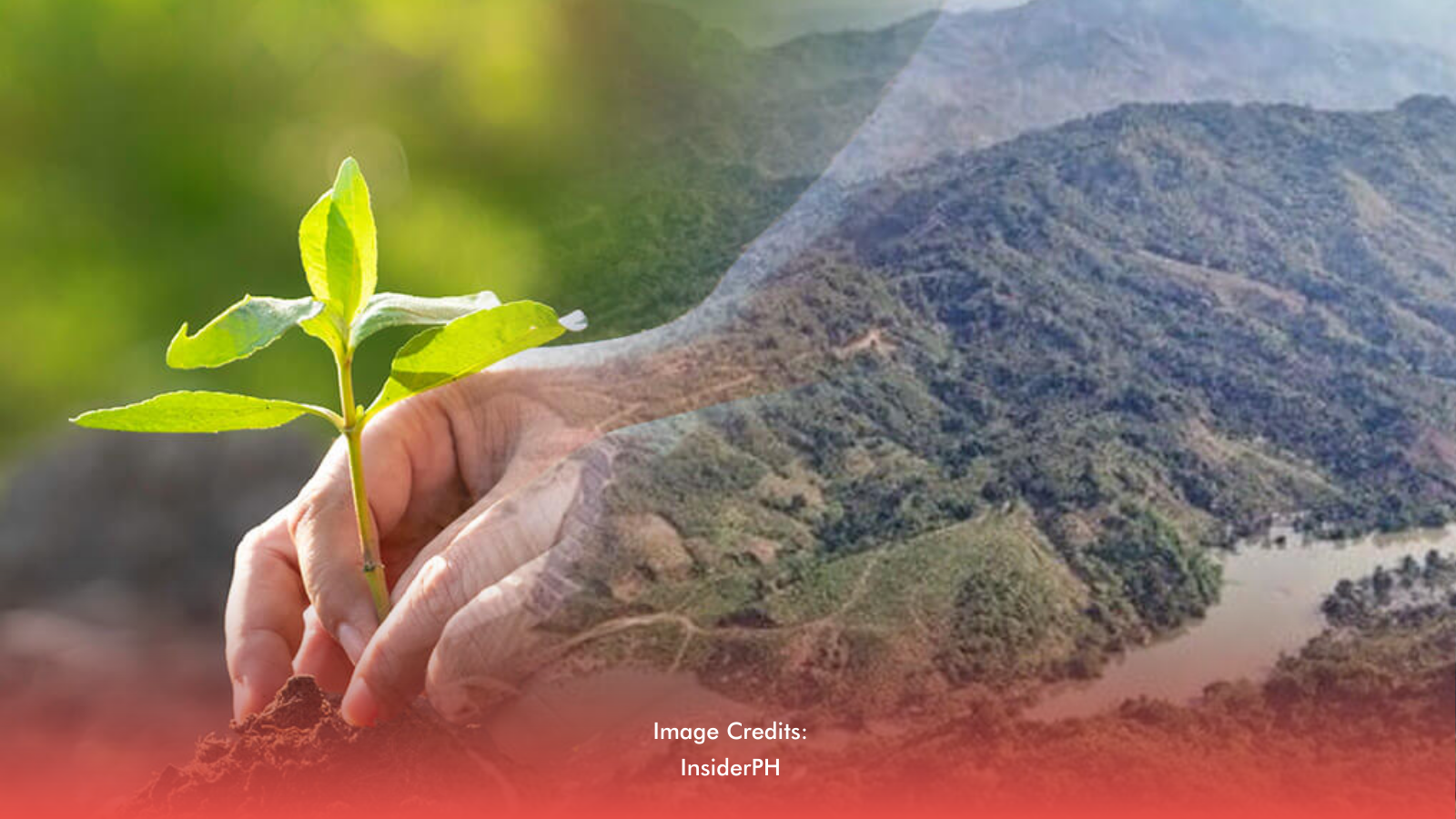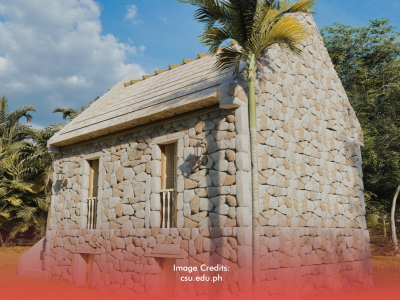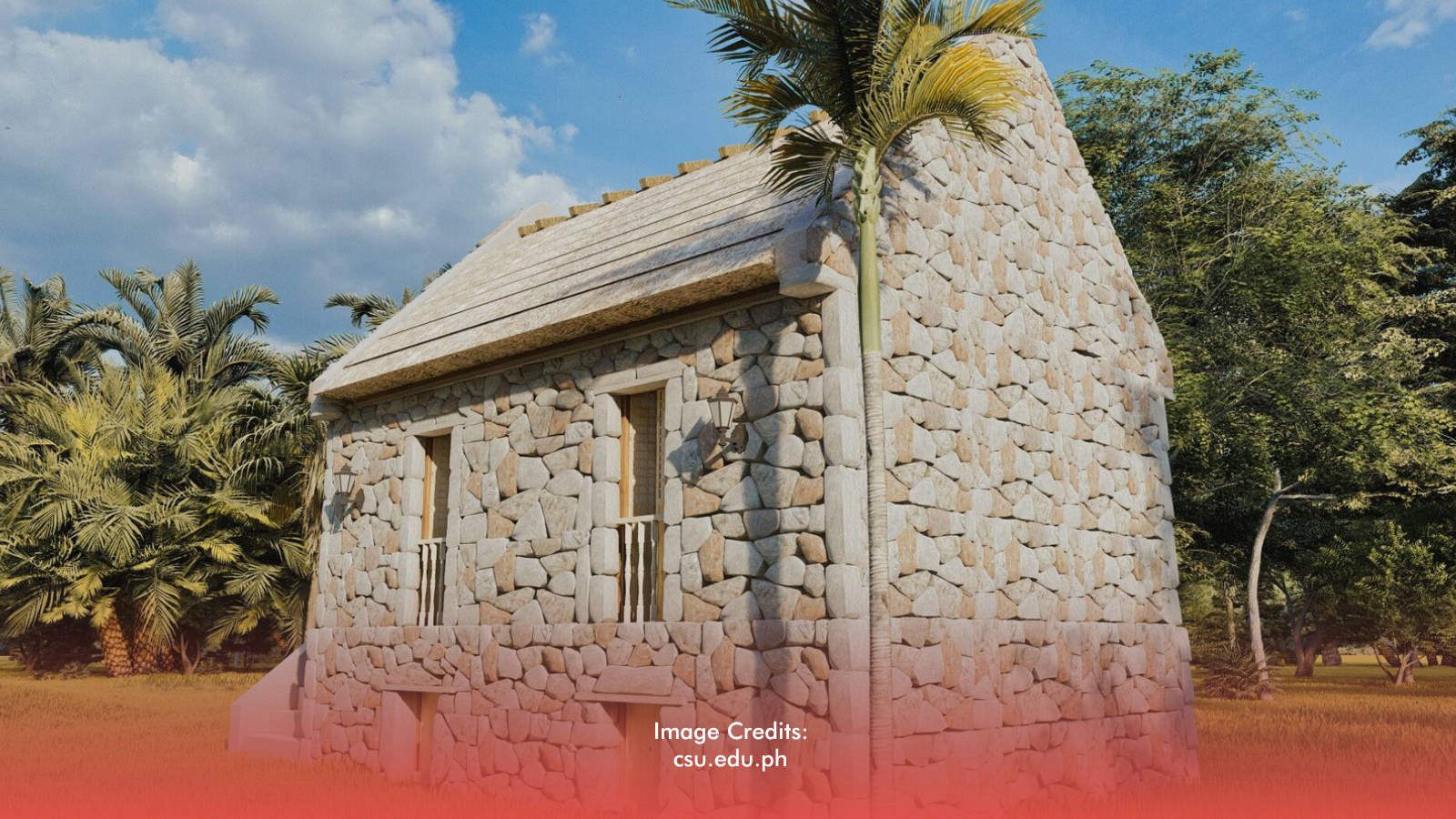The Department of Environment and Natural Resources (DENR) is set to plant three million new trees across the Marikina River Basin over the next three years as part of an intensified reforestation push. The plan aims to rehabilitate nearly 26,000 hectares covering the Upper Marikina River Basin Protected Landscape and other key areas to help reduce flooding and restore ecological balance.
According to the DENR, the goal is not only to increase forest cover but also to stabilize riverbanks, improve water retention, and protect Metro Manila and nearby provinces from severe flooding during typhoons and heavy rains. The department emphasized that the tree-planting program is part of a broader climate resilience and disaster mitigation strategy.
RELATED: [Out at DENR: Maria Antonia Yulo-Loyzaga Stood Her Ground]
Focus on Vulnerable Areas
The massive reforestation effort will cover several critical sub-watersheds, including the Kaliwa Watershed Forest Reserve, Angat Watershed Reservation, and Laguna de Bay tributaries. Priority will be given to areas with denuded forest cover and those most vulnerable to soil erosion and flooding.
“A healthy forest cover is also essential to the country’s climate and disaster resilience agenda as it mitigates climate change and conserves biodiversity critical for ecosystem resilience and agricultural productivity,” said Forest Management Bureau Assistant Director Ray Thomas Kabigting.
The DENR’s plan involves collaborating closely with local government units, people’s organizations, and private sector partners to ensure that seedlings survive and grow into fully developed trees, rather than merely being planted and abandoned.
RELATED: [MAP Lauds Yulo-Loyzaga For Outstanding DENR Tenure]
Beyond Planting: Ensuring Sustainability
In previous efforts, survival rates of newly planted trees have been a concern. This time, the DENR said it would strengthen community participation and monitoring to keep track of tree growth and health over time. The agency is also looking to combine native and fruit-bearing trees to provide ecological and livelihood benefits to local communities.
No direct quotes were provided in the source articles, but officials have consistently highlighted that protecting and rehabilitating the Marikina River Basin is crucial to preventing disasters like the massive flooding brought by Typhoon Ondoy in 2009. The department also reaffirmed its commitment to ensuring the reforestation effort is part of a long-term, science-based watershed management strategy.
If successful, the three million trees could transform the landscape of the Marikina River Basin within a few years, helping protect communities downstream while restoring biodiversity and strengthening climate resilience.








